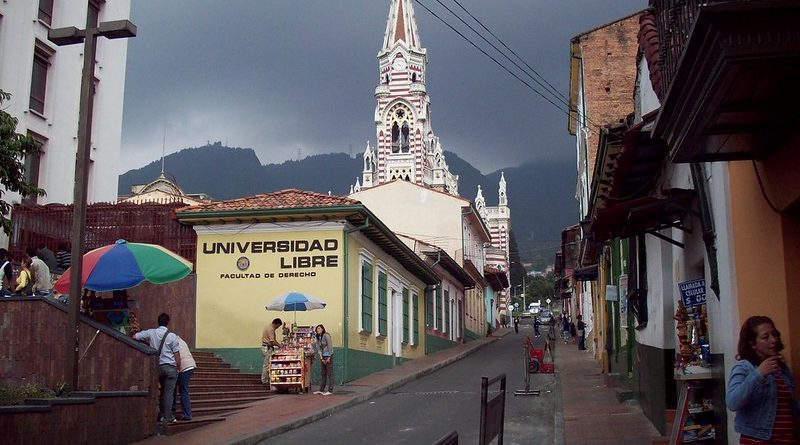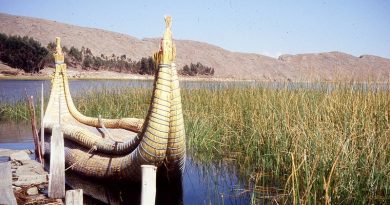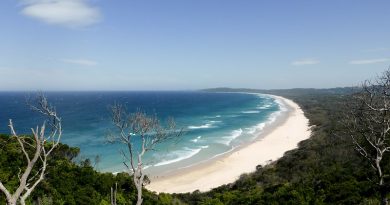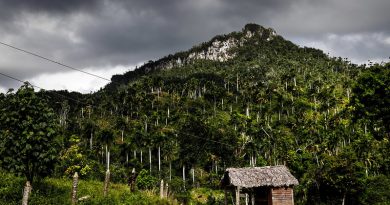Bogota
Situated on Colombia’s highest plateau at 2600 metres, Santa Fe de Bogota was founded in 1538 by the Spanish. Bogota owes its colonial splendour to its status as the capital of the new Viceroyalty of Nueva Granada in 1740. After independence from Spain, it remained the capital of the new Colombia.
Today, Bogota is South America’s fourth largest city as well as one of its most modern and cosmopolitan. Apart from Buenos Aires, there isn’t any other place on the continent with such a wide variety of gourmet restaurants and chic, all night clubs.
Bogotá is the third highest city in Latin America after Quito and La Paz.. La Candelaria, its cobblestoned center, features colonial-era landmarks like the neoclassical performance hall Teatro Colón and the 17th-century Iglesia de San Francisco. It’s also home to popular museums including the Museo Botero, showcasing Fernando Botero’s art, and the Museo del Oro, displaying pre-Columbian gold pieces.
The best place to start exploring the city is Plaza de Bolivar – the historical and cultural heart of the city.
After many struggles against Spanish domination, Simon Bolivar or ‘El Libertador’ as he’s known in South America, succeeded in liberating Bolivia, Colombia, Ecuador, Peru and Venezuela, and created Gran Colombia, which was formed by all these states. His dream was to have a united South America. But although Bolivar couldn’t keep ‘Gran Colombia’ together, he is venerated as a hero throughout Latin America.
Simon Bolivar died of tuberculosis at the age of 47 in Colombia.
Most of the interesting things to see in the city are in La Candelaria, so you can really walk everywhere. And it’s safe! Although you should avoid walking anywhere at night in Bogota.
Otherwise for moving around the city, your best option is the clean and efficient TransMilenio, an electrically driven bus system that costs US$0.35 no matter the journey. Crowded and maybe a bit more confusing are the busetaswhich charge around US$0.30 per ride.




